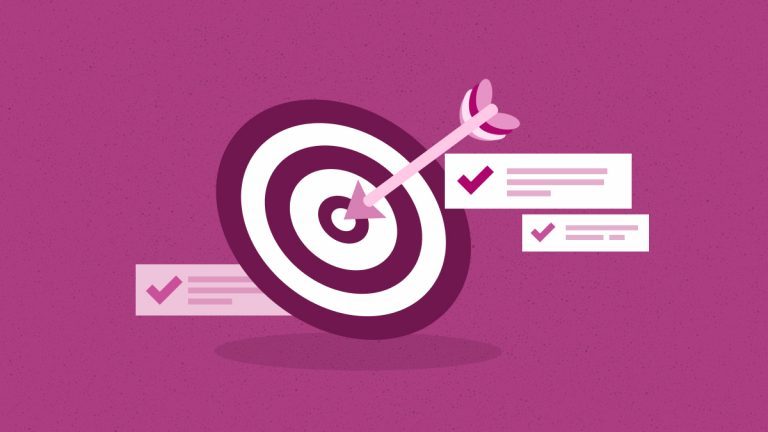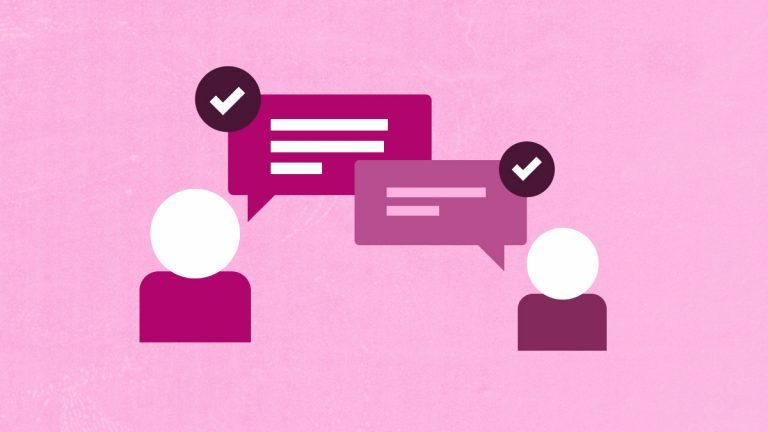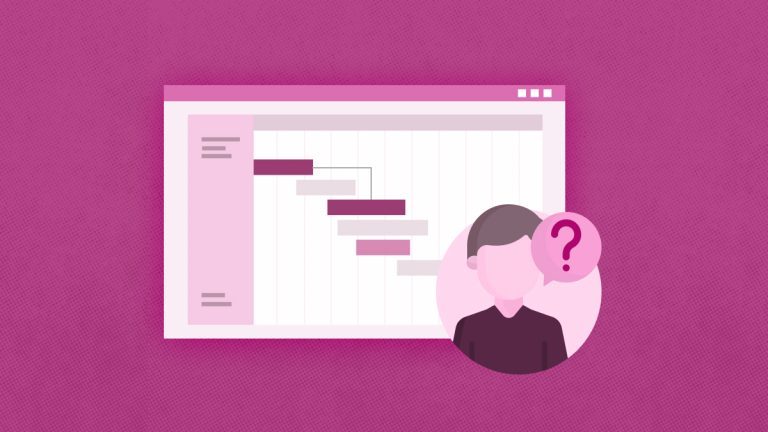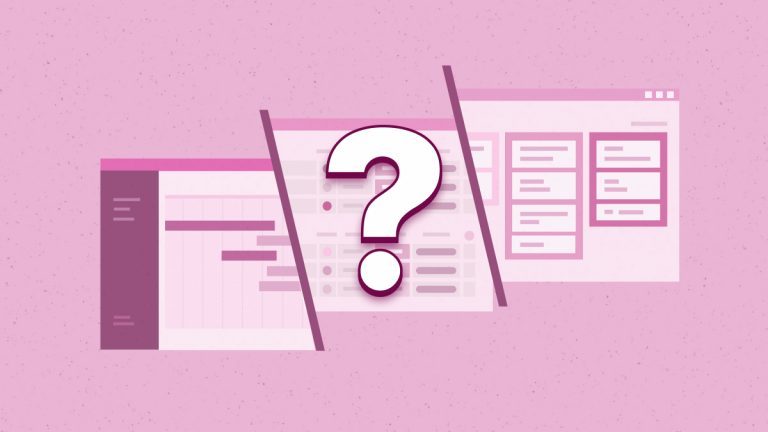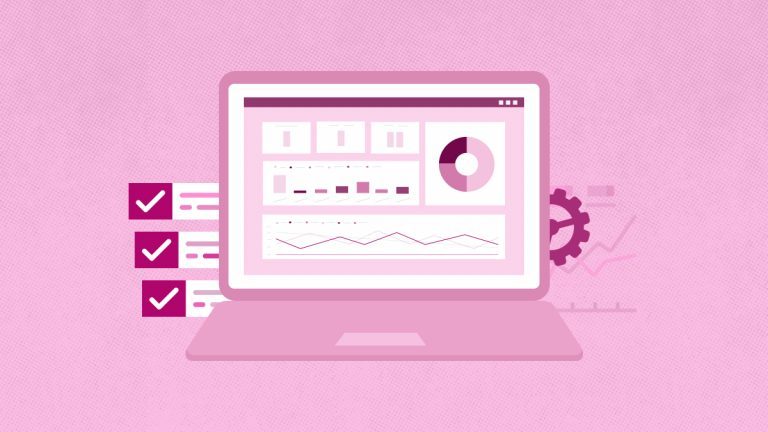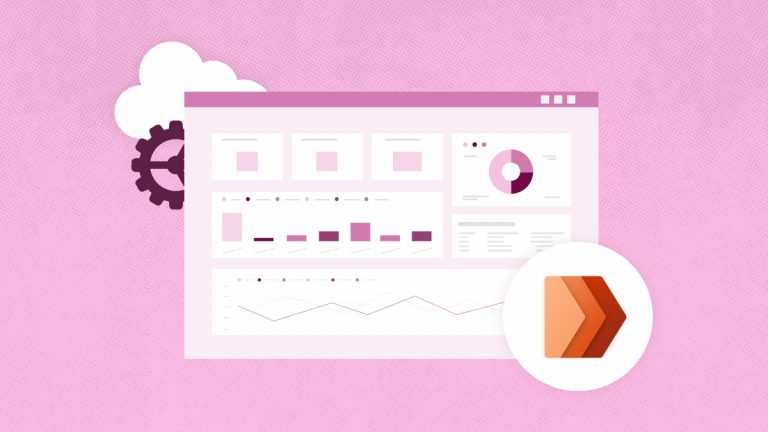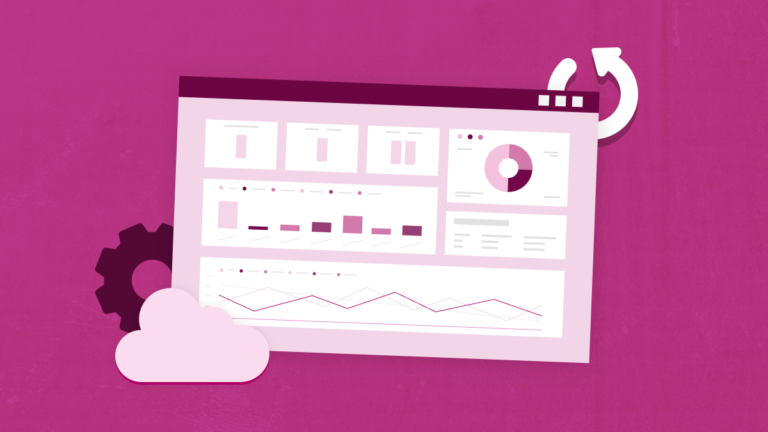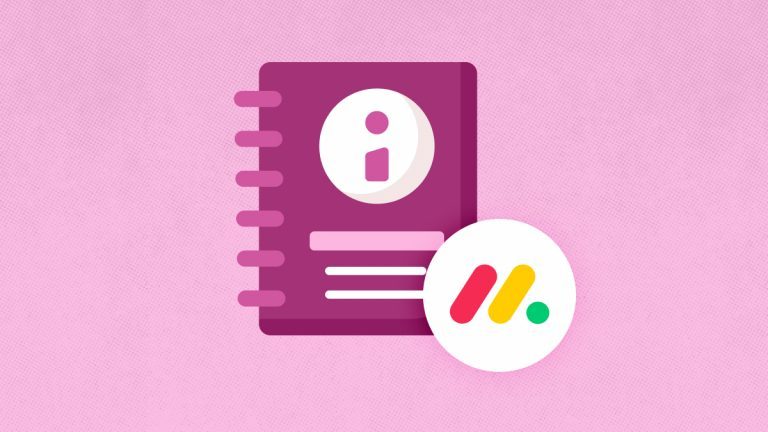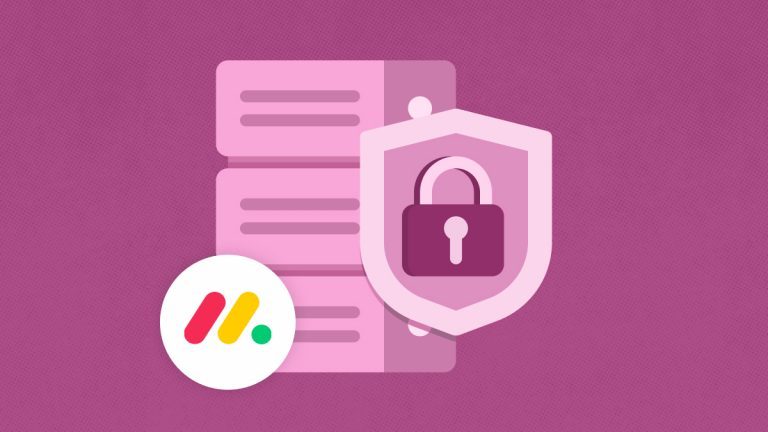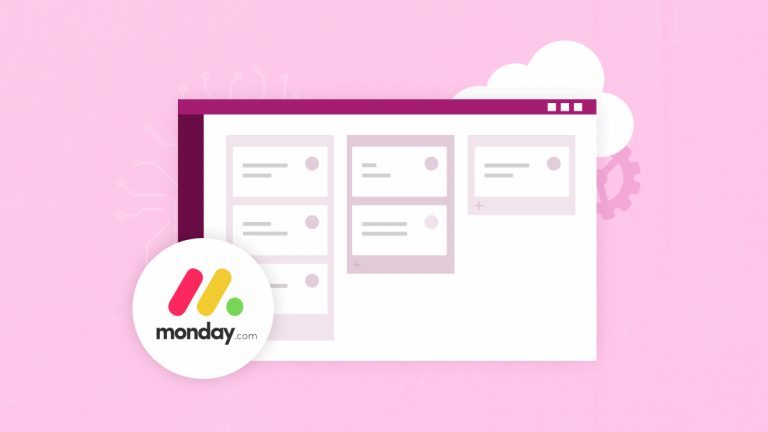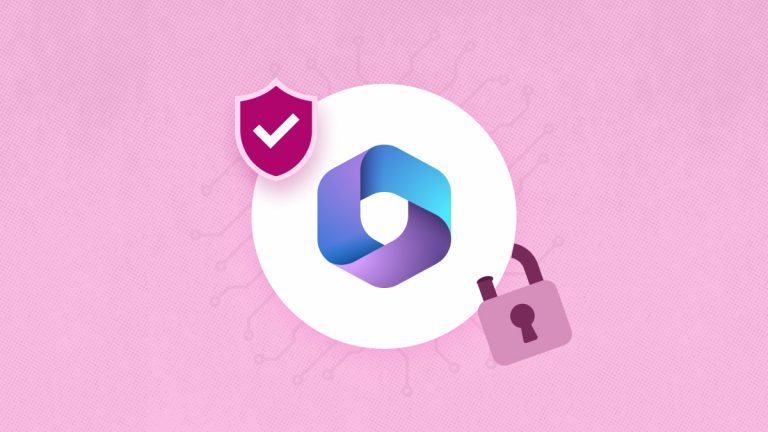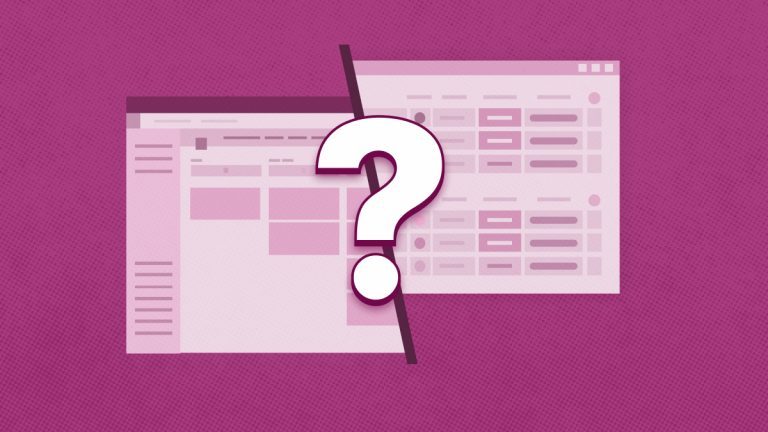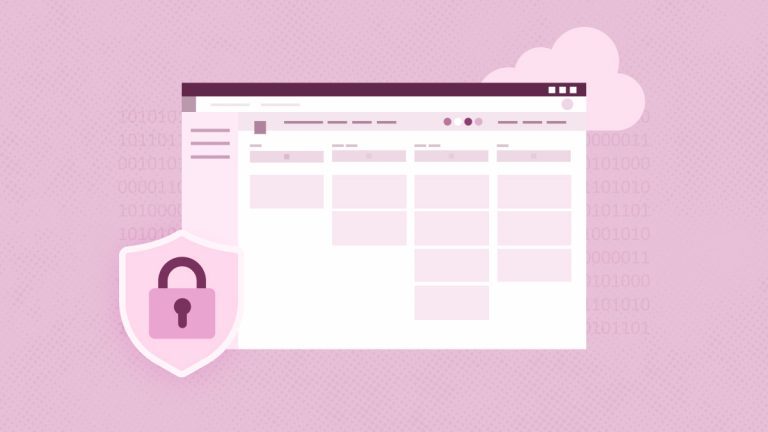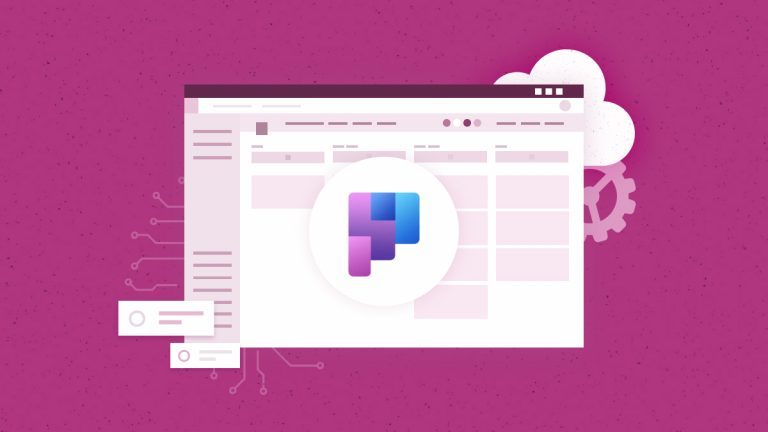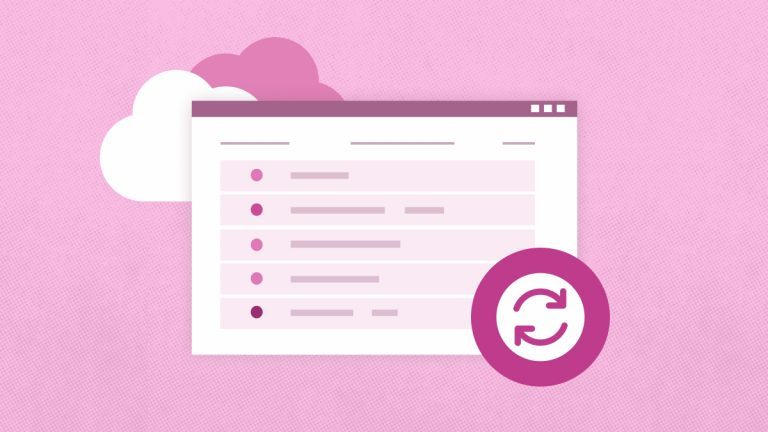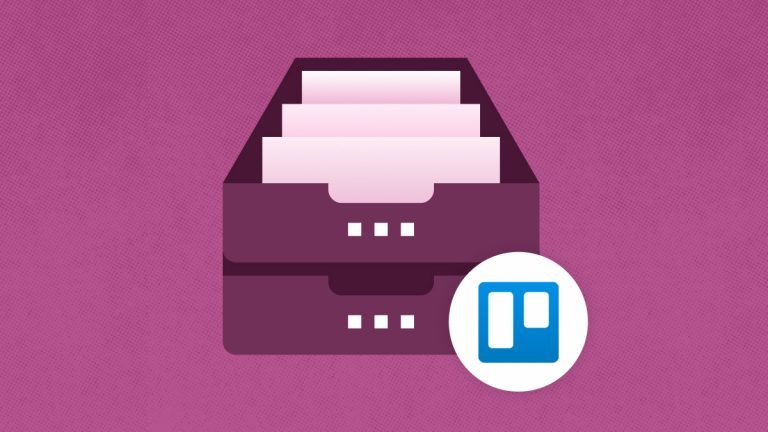
Andy Jordan
President of Roffensian Consulting
Andy Jordan is President of Roffensian Consulting S.A., a Roatan, Honduras based management consulting firm with a strong emphasis on organizational transformation, portfolio management and PMOs. Andy is an in-demand keynote speaker and author who delivers thought provoking content in an engaging and entertaining style, and is also an instructor in project management related disciplines including PMO and portfolio management courses on LinkedIn Learning.
The first project management software that I used was basic, to say the least. It was a desktop application that wasn’t connected to any integrated server-side version, and while you could, in theory, share a resource pool with other projects, the reality never really worked properly. Or, at least, my colleagues and I never figured out how to make it work, and there wasn’t much support available. Multi-day training classes only covered basic project structures and plans. It was overly complex, to put it mildly.
It also relied entirely on manual updates of project information, which resulted in many project managers reporting that every task had been completed on time, with the expected amount of resources. No one believed that, but there was no independent way to validate it. And to be fair to project managers, it was either inaccurate measures or spending many hours a week battling the tool to get updated information.
Today, project management tools are unrecognizable from those early systems, and believe me, that’s a very good thing. They have evolved from work planning to work management and are rapidly becoming work enablement applications, helping projects be more successful than ever. How do today’s project leaders make the best use of the current generation of tools for project management?
Characteristics of top project management tools today
Project management tools and project management methodologies are closely related. With most organizations embracing both Agile and plan-driven delivery, and with hybrid becoming increasingly common, there are generally multiple project management software tools in use within an organization. That means that the first characteristic that these tools must possess is the ability to integrate with enterprise-level solutions. With project portfolio management (PPM) software becoming the norm for strategic planning and delivery, there must be an ability to capture accurate and complete data on the work being done, regardless of approach or work management software.
Additionally, project management tools and techniques are increasingly tailored to individual initiatives. Project managers and teams can adapt their delivery based on their specific work. That means the top project management tools can also adapt and change, seamlessly aligning with these tailored approaches while providing complete, accurate, contextualized data to enterprise PPM platforms.
However, perhaps the most critical development in today’s leading project management software tools is the advancement in reporting and analytics. A few years ago, project management software’s best-in-class reporting capabilities generated real-time output and supported multiple views and drill-downs.
Now, that level of reporting is simply the foundation on which leading-edge functionality is built. AI-enabled predictive analytics, complex modeling and decision support, and the ability to spot and track trends earlier than ever have redefined what world-class project management tools look like. And the revolution is set to continue.
The future is (almost) now
AI is rapidly becoming mainstream technology when it comes to project administration. The automation of not just administrative tasks but also the monitoring of things such as risks, issues, sign-offs, and so forth will allow project managers and individual team members to spend more time on higher-value items that directly contribute to the success of projects, programs, and the entire enterprise portfolio.
I am already working with clients leveraging these project management software benefits to increase the number of initiatives they can deliver in a business cycle. The time and effort to monitor and govern AI solutions is less than the savings in work those solutions deliver, improving productivity without increasing risk exposure.
Additionally, with AI-generated data being fed into enterprise PPM solutions, the quality of analysis possible with those tools is also improved. This results in better decision-making, less disruptive adjustments, and improved alignment between objectives and work.
This trend will continue as project management software tools become increasingly integrated with the rest of the enterprise technology suite. Advancements in AI will further reduce the administrative burden on teams, and access to more complete and reliable data will provide project managers with better plans, improved backlog prioritization, and more complete tracking of work.
The bottom line
Throughout my career, even the top project management tools were limited in their ability to aid and support project managers and their teams. They helped, but they still required much manual interfacing and interpretation. Now, that’s changed, and the change is set to continue.
Project managers must learn to use the current generation of tools and understand the emerging capabilities driven by AI and related technologies. Additionally, they must seek to optimize how those tools are used, focusing on improving overall project performance and driving more excellent business value. Then, these tools become valuable team members in their own right.
Download whitepaper
to learn more about project management backup & restore

